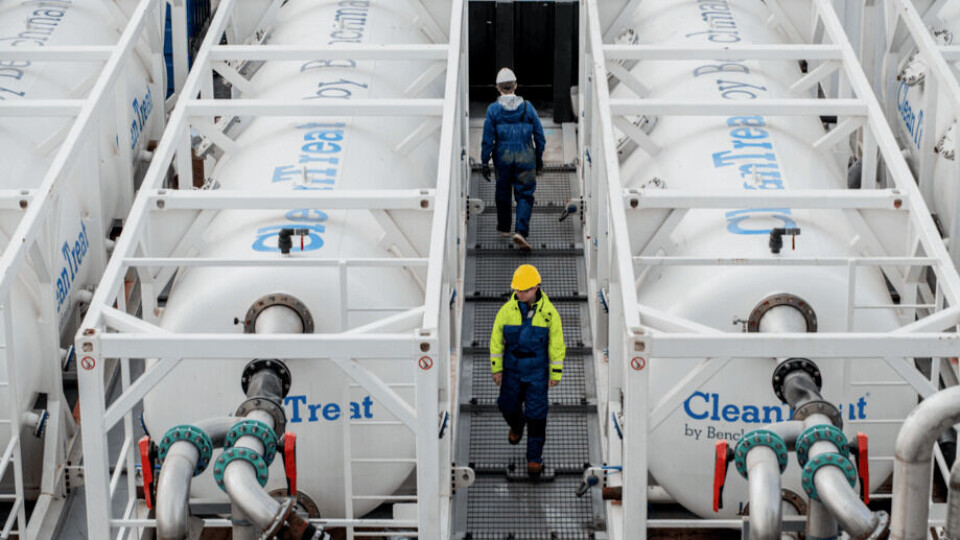
Benchmark sea lice treatment identity revealed
The sea lice treatment developed by Benchmark is the neonicotinoid insecticide imidacloprid, it has been revealed.
Aquaculture health, nutrition and genetics business Benchmark originally branded the treatment Ectosan, and more recently BMK08, but its generic name has been revealed in a question to certification body the Aquaculture Stewardship Council (ASC) about how it will interpret the chemical’s use.
Mowi Norway AS and Benchmark Rationale argue that it should have a zero rating on the ASC’s Parasiticide Treatment Index (PTI), given that it is not released into the environment.
Bee decline
Imidacloprid is used in agriculture and greenhouses and use of the chemical on land is alleged to be partly responsible for the decline in bee populations. But in fish farming it must be used together with a system that purifies all the water before it is returned to the sea.
Benchmark has previously said that in the last two years it has treated 35,000 tonnes of salmon in Norway with BMK08 as part of gathering documentation to apply for marketing authorisation. The drug has 99% efficiency, Benchmark said.
The Sheffield-based company has also said that it has now begun the process of applying for approval, without having said which country it is applying to.
No environmental impact
The document submitted to the ASC makes the case that certification shouldn’t be affected by the use of imidacloprid. Reference is made to the ASC standard where it states: “The ultimate goal would be that farms could meet the ASC Salmon Standard without using therapeutants or without the risk of those therapeutants negatively impacting the environment.”
As all traces of Ectosan, as the chemical is referred to in the document, will be removed from treatment water by Benchmark’s CleanTreat system before the water is returned to the sea, that goal is met.
It is also pointed out in the document that imidacloprid is less toxic than hydrogen peroxide (H202), which already has a toxicity factor of 0 in the ASC’s Parasiticide Treatment Index (PTI). In other words, a treatment must use a higher volume of imidacloprid than hydrogen peroxide to achieve the same toxicity factor.
Toxicity factor
“The toxicity factor of the active ingredient used in Ectosan (Imidacloprid) has already been established as 85 mg/l (LC 50 for Daphnia, Fossen, 2016) which is higher compared with H2O2 (7.7 mg/l, which is given a toxicity factor of 0 in the ASC-PTI calculation). Therefore, the therapeutant factor for Ectosan will be zero and as a result so will the PTI,” states the document.
The ASC forwarded the question to DNV GL, an independent expert in risk management and quality assurance and the world’s leading classification society, which in turn wrote that the ASC must clarify and determine the given values in its own Salmon Standard.
“DNV GL cannot find PTI calculation values for the therapeutant Ectosan (Imidacloprid) in the ASC Salmon Standard v1.1 – April 2017, Appendix VII: Parasiticide Treatment Index and therefore needs clarification and determination from ASC related to which values shall be used when PTI is calculated,” said the company.























































